Product Introduction
This is a custom-made winch hook, which is designed by our customer. The hook's base material is alloy steel undergoes a rigorous manufacturing process: first forged or machined to shape, then treated with a zinc plating layer, followed by a chromate conversion coating that produces the characteristic iridescent "rainbow" finish.
Material and Process
Material introduction
Alloy steel is used to make the hook, and the hook is made by hot forged process.
Manufacturing Process
First, we begin to work the hook with the drawings and the dimensions which is provided by the customer:
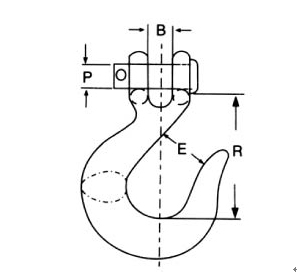
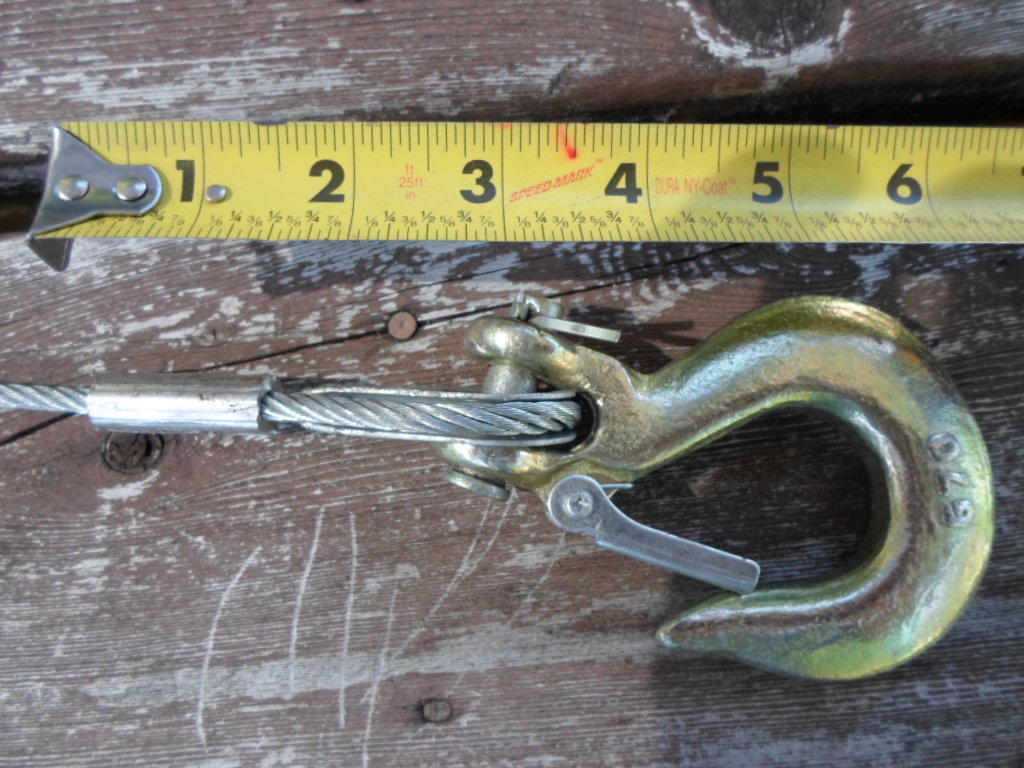
Hot forging is carried out at high temperatures typically 1,050–1,200°C, where the steel billet is heated to a plastic state, then shaped by dies under hydraulic or mechanical presses. The hot forged process minimizes material waste compared to machining, as the forging process flows metal into the desired form.
After hot forging, the rough parts is come out.
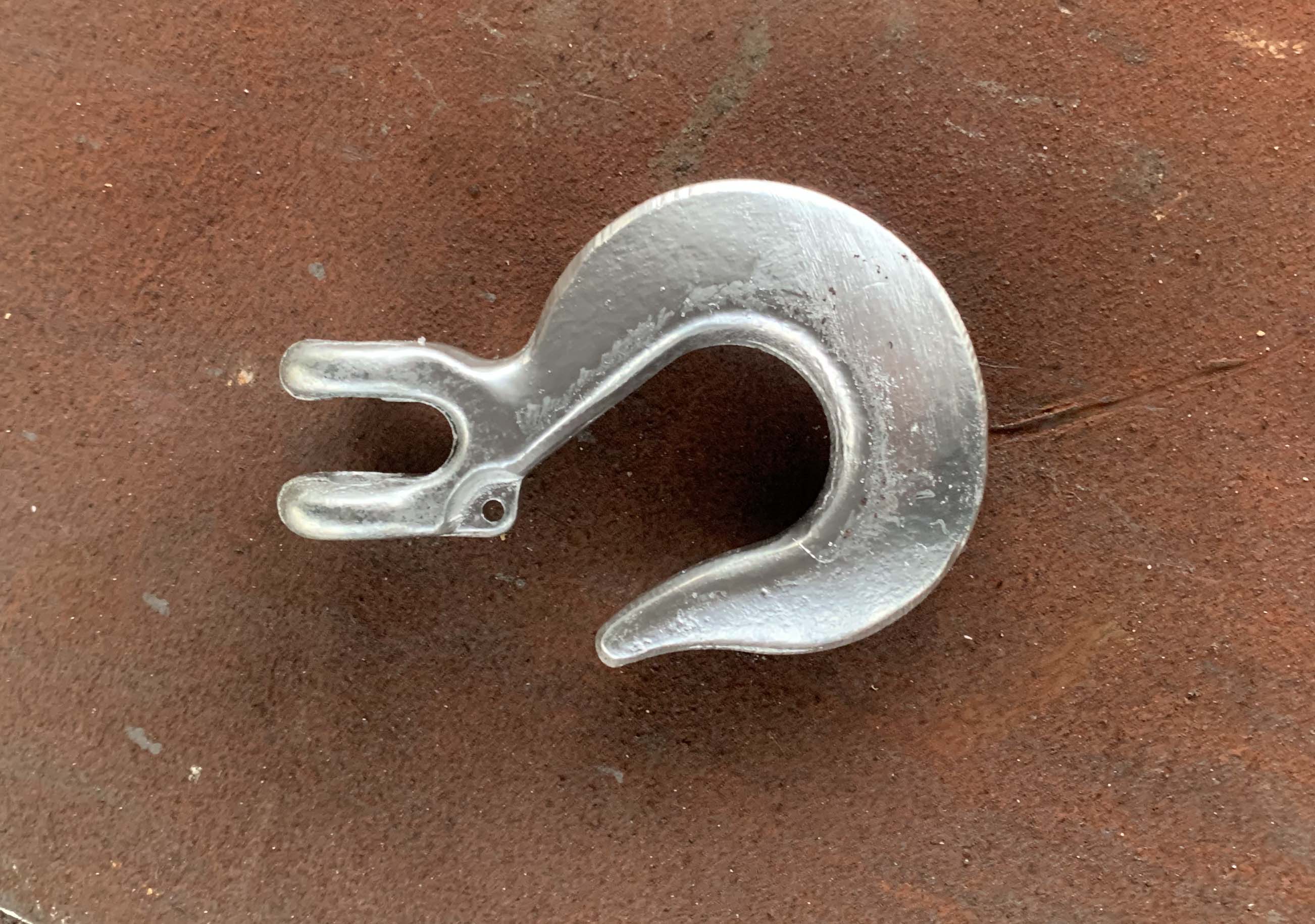
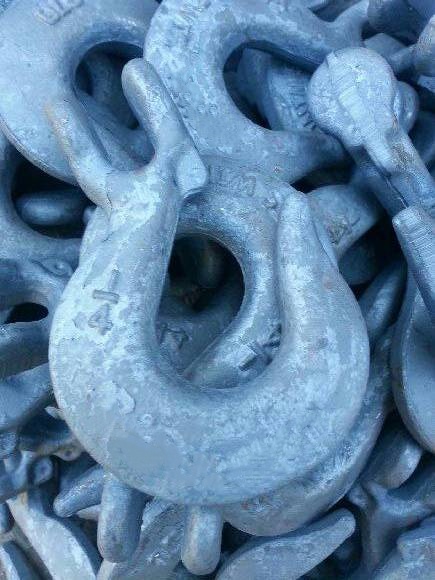
The resulting blank undergoes post-forging steps cleaning scale, typically via shot blasting with steel grit or acid pickling in hydrochloric acid to remove mill scale, rust, and oxides, ensuring a clean substrate for plating. After descaling, the hooks enter the color zinc plating line. Zinc ions deposit from an electrolyte bath to form an 8–15μm thick layer.
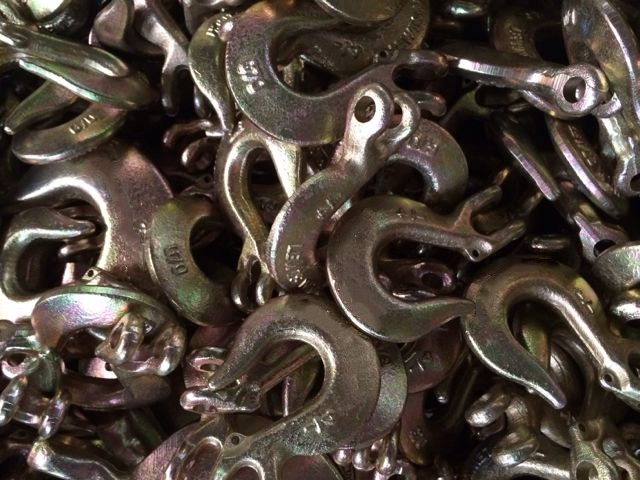
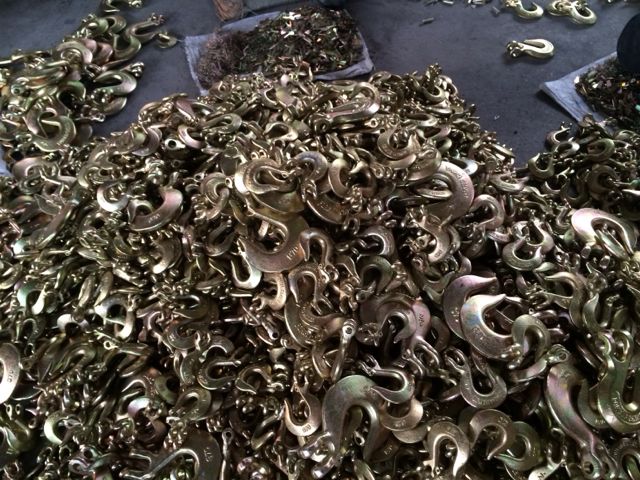
Packing
Before packing we conduct the inspection of the hook surface and dimensions to ensure they are qualified.
Then pack then with bubble bag individually and put into cartons. And laid the cartons on the pallet, wrapped with protective film to avoid the cartons scattering.
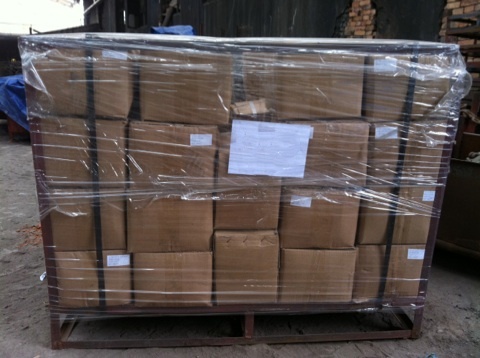
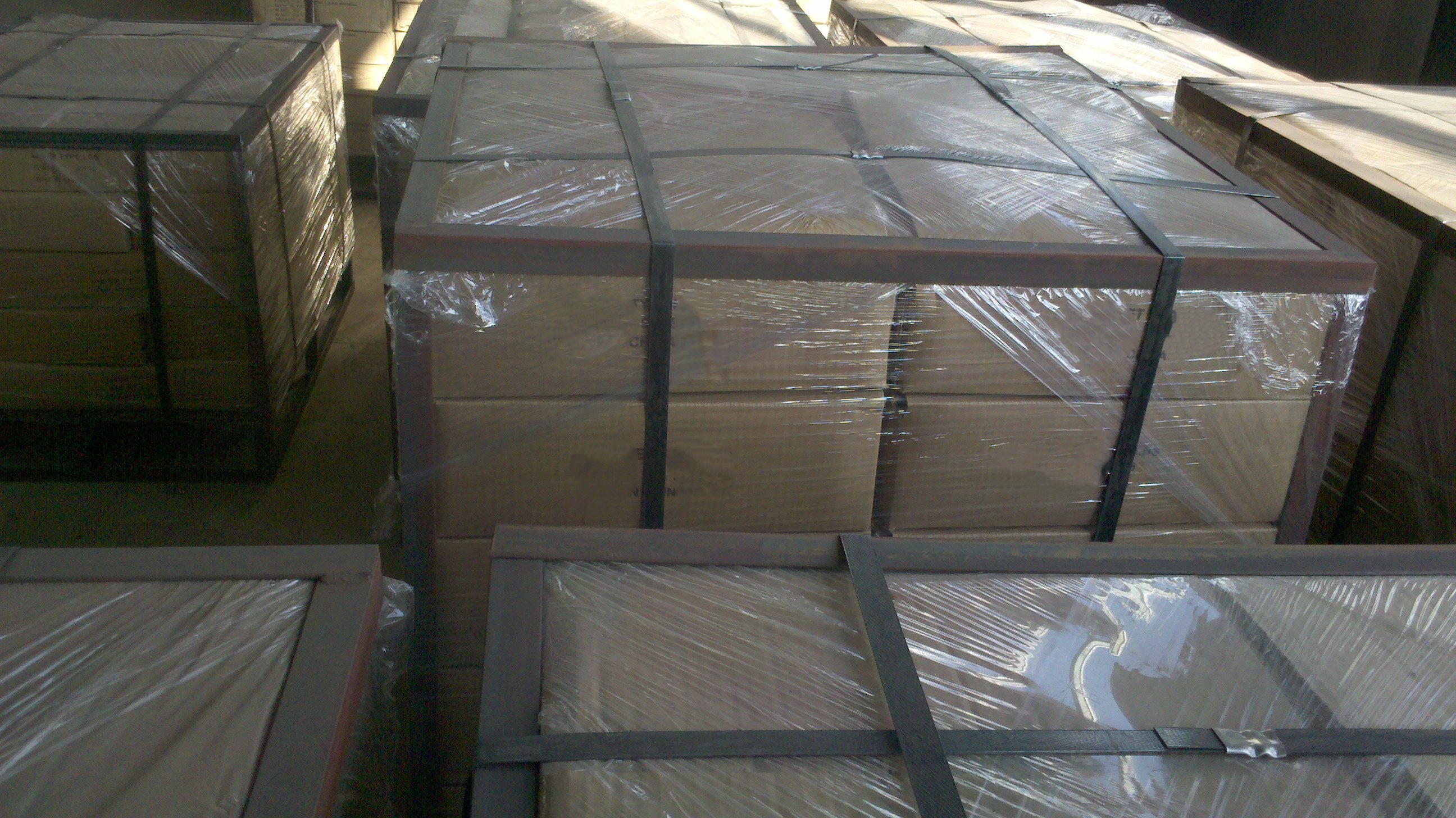
With decades of industry expertise, Ningbo Joyo Metal Product Co., Ltd. approach to manufacturing is rooted in meticulous precision, where every production process is executed with uncompromising attention to detail. Our seasoned team oversees each stage from material selection to final inspection.
English
العربية
Français
Русский
Español
Português
Deutsch
italiano
日本語
한국어
Nederlands
Tiếng Việt
ไทย
Polski
Türkçe
አማርኛ
ພາສາລາວ
ភាសាខ្មែរ
Bahasa Melayu
ဗမာစာ
தமிழ்
Filipino
Bahasa Indonesia
magyar
Română
Čeština
Монгол
қазақ
Српски
हिन्दी
فارسی
Kiswahili
Slovenčina
Slovenščina
Norsk
Svenska
українська
Ελληνικά
Suomi
עברית
Dansk
Afrikaans
Gaeilge
Eesti keel
latviešu
Беларуская мова
Български
Català
Lietuvių
Lëtzebuergesch
Македонски







































